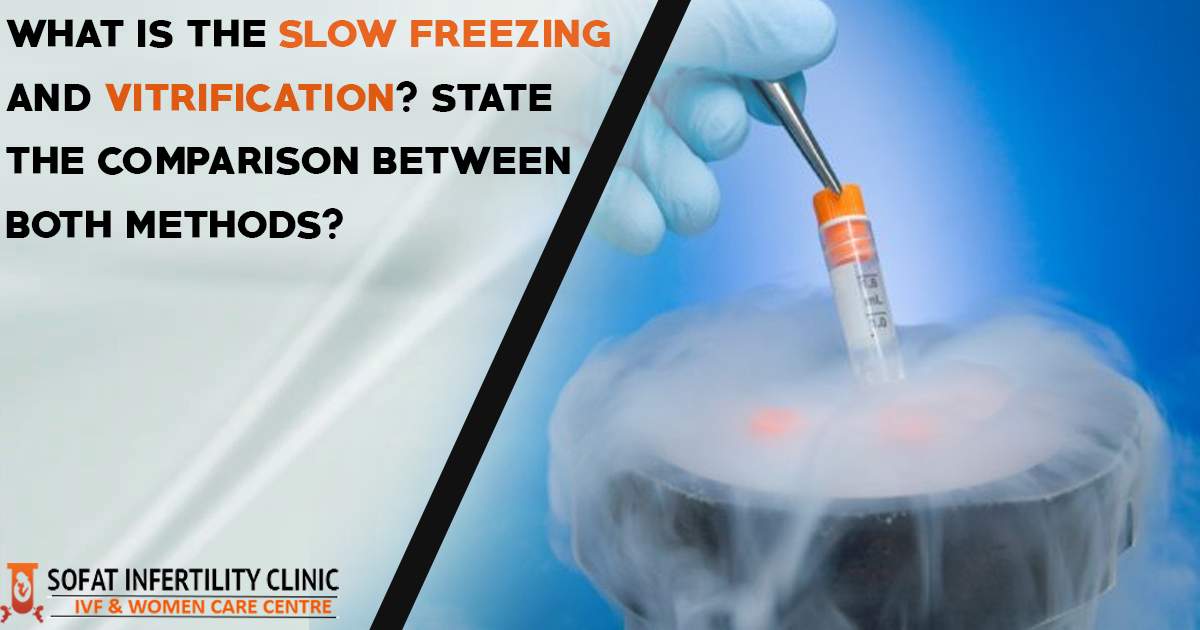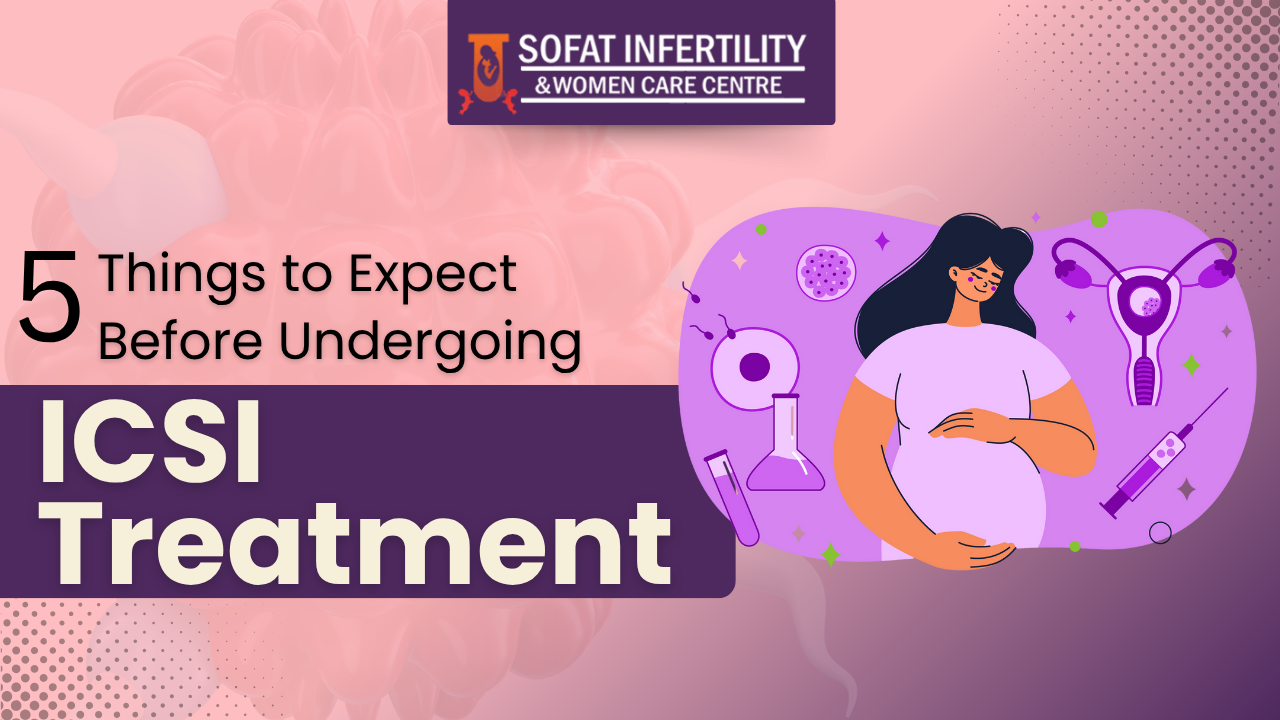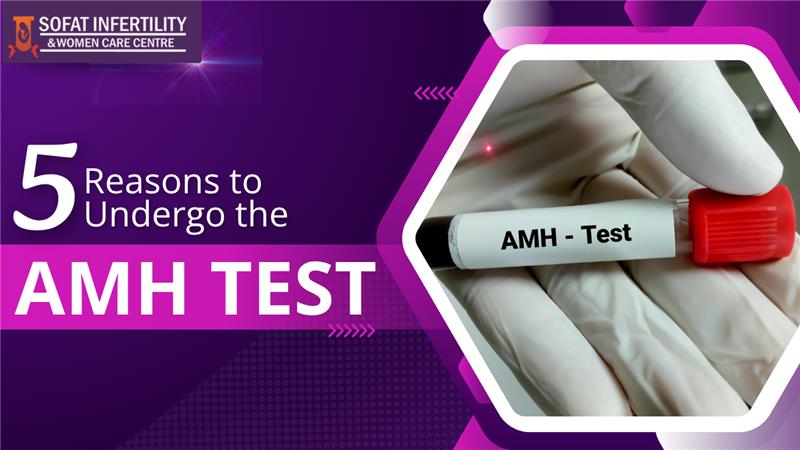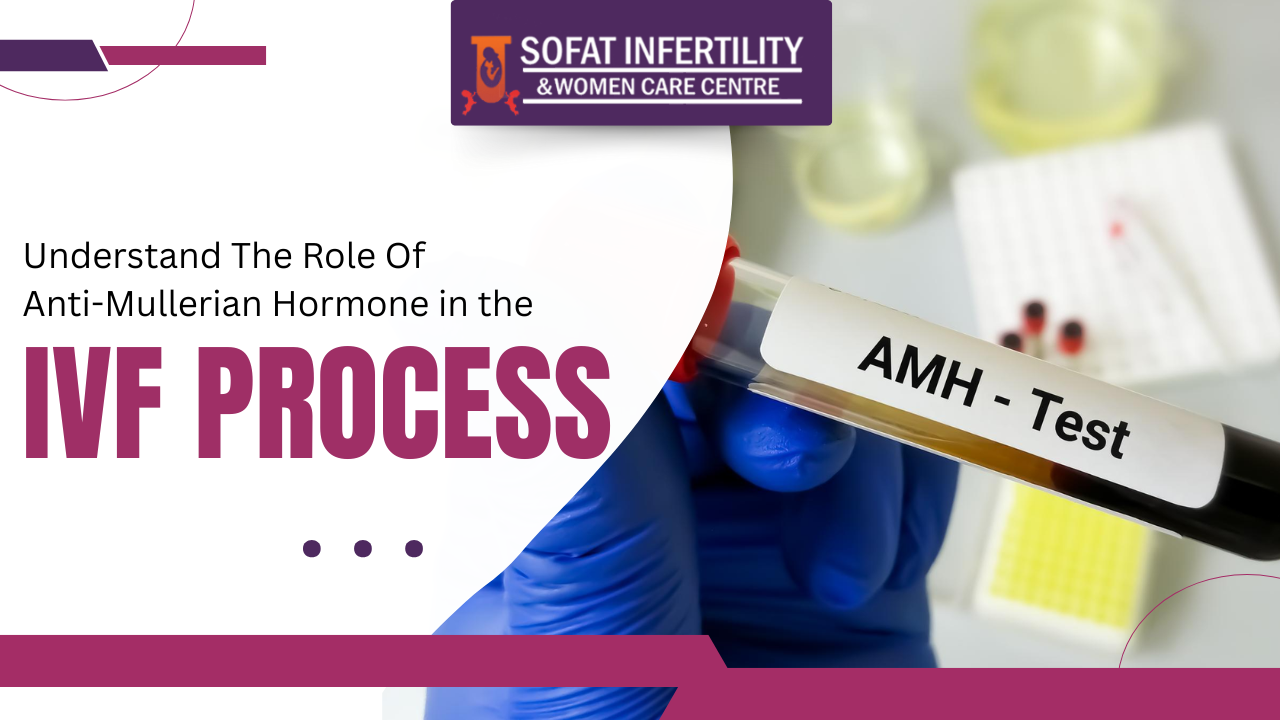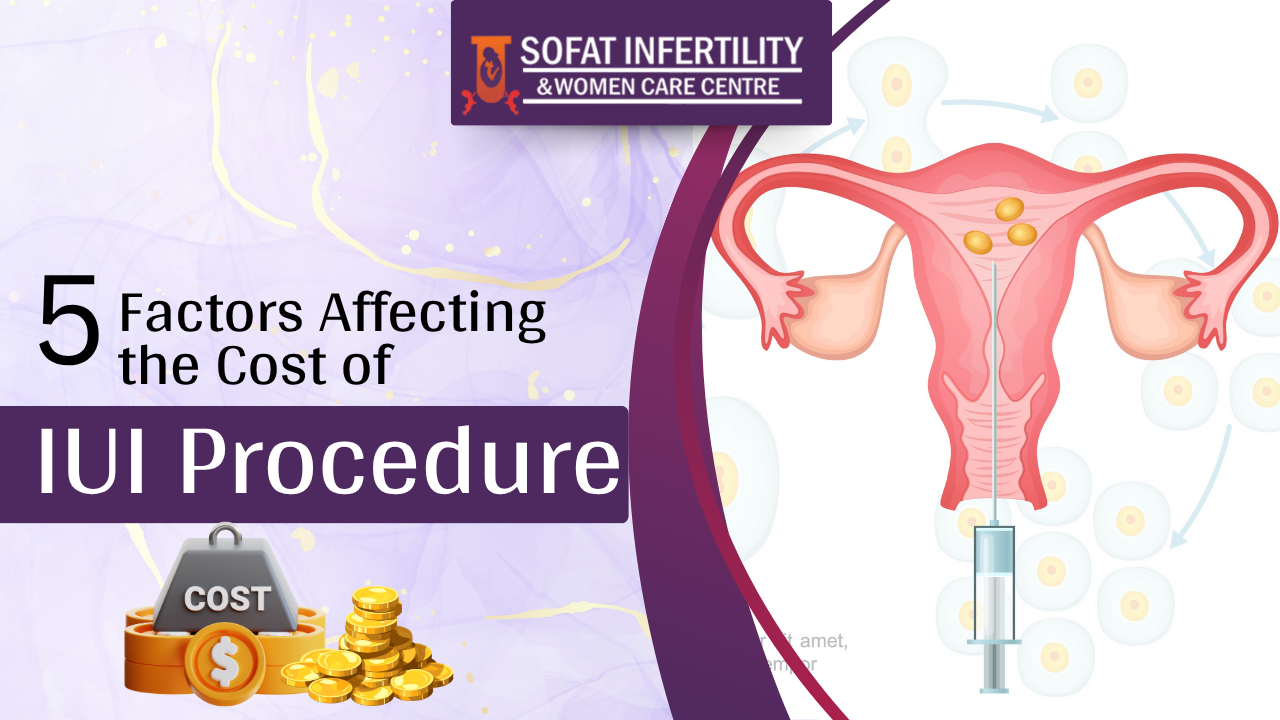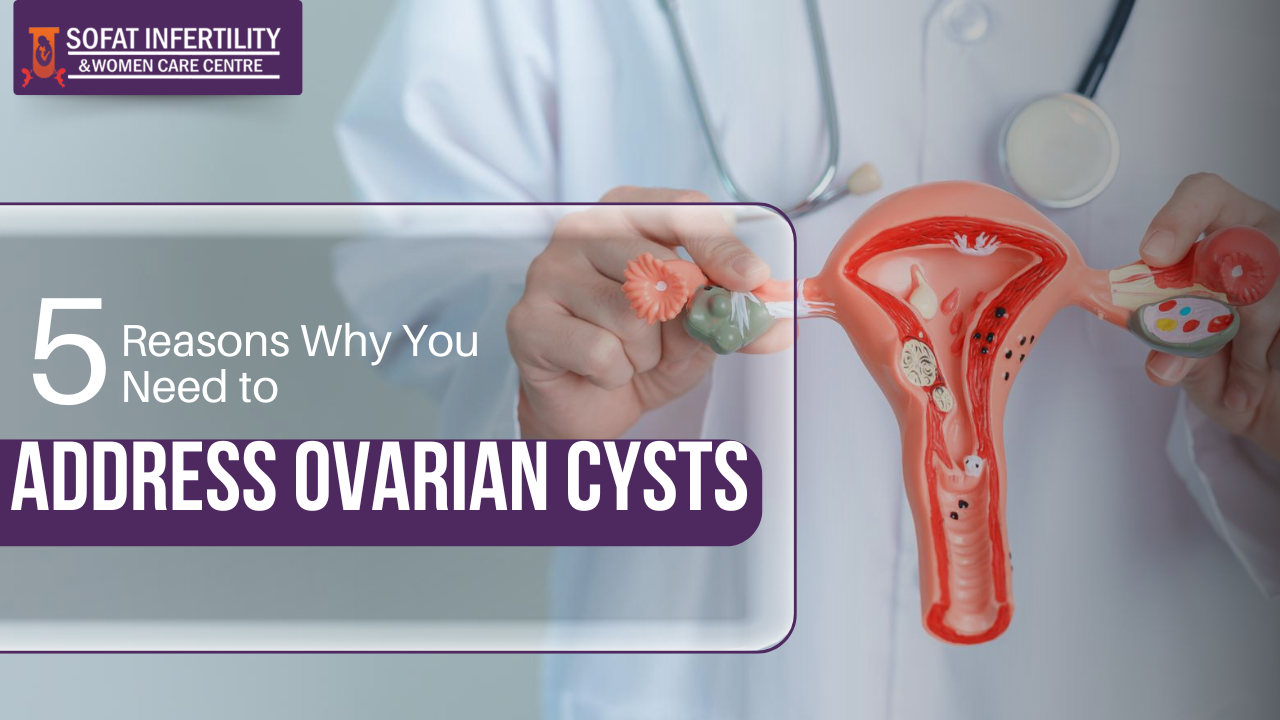![]()
Vitrification:
Vitrification, otherwise called ultra-fast freezing. Vitrification has been utilized progressively in human medicine in the course of recent years. In the vitrification procedure, water inside the cells is expelled by including certain arrangements. Mechanical harm to parts of the cells is an exceptionally uncommon event.
A main benefit of this strategy is the “defrost rate” of 98 % and the reality that vitrification permits the hazard free cryopreservation of inseminated egg cells, as well as for non-inseminated egg cells and embryos. Moreover, the tremendous benefit of vitrification is that it tends to be utilized, for instance, to save non-inseminated egg cells of ladies who are going to experience chemotherapy or radiotherapy, which represent a hazard to fertility protection. This methodology can likewise be utilized to treat the egg cells of ladies somewhere in the range of 25 and 35 who might want to make plans for Fertility preservation, so that they can have an enhanced possibility of pregnancy later on for instance, when they are 40 – 45 years of age. This is additionally known as social freezing.
The demerit of this strategy for the research center performing the freezing is that exclusive individual cells and not gatherings of egg cells can be vitrified at one time. Furthermore, the utilization of this technique requires a more extended expectation to absorb information and significantly increasingly manual adroitness than slow freezing.
Slow freezing:
The slow freezing method is utilized for freezing process around the world, includes the expansion of a cryoprotective operator to keep the arrangement of ice crystals in the cells. After this, the cells are cooled under the control of 196 degrees Celsius. This permits long time cell storage as the natural procedures in the cell are closed down. The additional cryoprotective operators prevent osmotic harm in the cell in spite of the low fixations, these still have a slight cytotoxic impact. Besides, they do not keep the development of ice, which can harm the cell organelles.
While this methodology is generally basic in specialized terms and can be performed with various cells at one, it carries with it a danger of cell loss of roughly 30 %. Indeed, the exchange of embryos with great morphology does not result in a pregnancy rate as compared to crisp cycle. Additionally, the pregnancy rate might be up to 30 % lower in the new cycle.
The traditional IVF treatment, usually more egg cells are created and recovered than are required to accomplish pregnancy in a new cycle. Before the end of insemination, which includes the combination of the hereditary material in the egg cell and the sperm cell, the cells are known as the Pro Nucleus. At this stage the cells can be frozen with little danger of loss.
Difference between Vitrification and Slow Freezing
Vitrification is done at such a quick pace, to the point that intracellular ice development is impossible. Thus, the eggs are not exposed to cell injury. The post defrost survival rate offered by vitrification is remarkably great relatively 90% when contrasted with that of slow freezing is 50%. The ideal survival rate of vitrification makes the IVF results practically identical with those cycles finished with new eggs. Slow freezing is an exceptionally time-consuming method, taking hours to be finished. Then again, vitrification is done in minutes.
Today, most IVF centers are utilizing this progressive technique in infertility treatment in India to freeze the eggs and give high-achievement rate for their IVF patients.

